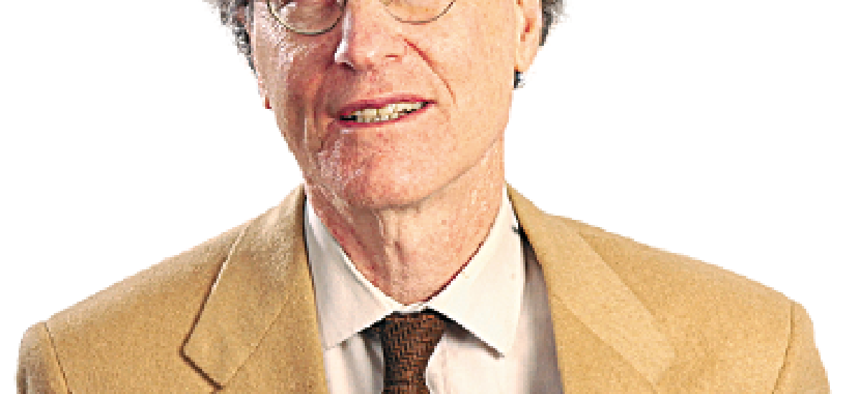Another amazing crowdsourcing app shakes up the world

GiveDirectly employs a simple idea – giving money directly to poor people – and uses technology to facilitate the transaction.

The Economist has run an article called "Pennies from Heaven" about an amazing app called GiveDirectly, which allows people to make donations that go directly to individuals in the developing world. The app involves an amazing mix of new technologies, and it is turning out to work better than many expected (or feared).
GiveDirectly uses technology to locate poor people in Kenya and Uganda in Africa (the countries where the organization currently operates) who are likely to be good targets for assistance.
It does data crunching using statistical databases to locate especially poor areas. It then uses Google Maps to locate, for example, which houses in these villages have thatched rather than tin roofs, suggesting that the people in the houses are especially poor. Work scanning the maps is done by freelance employees hired on the cheap through the AmazonTurk odd-task service.
Once the appropriate houses are located, workers visit the villages to find the people who live in them. Donors can give online to help people in these villages, and the organization suddenly shows up with cash. This reminds me of a TV show called "The Millionaire" that I watched as a kid, where a millionaire chose a down-and-out person each week to receive an enormous cash windfall -- distributed through a local money transfer service.
Many skeptics thought initially that simply showing up with cash on the doorsteps of poor people in these villages was a terrible idea -- that many would spend the windfall on alcohol or bangles. ("They thought I was smoking crack," GiveDirectly founder Michael Faye has stated.) However, there have now been studies showing that the vast majority of recipients put their windfalls to good use -- for example, buying better roofs for their huts. And the method has far lower distribution and monitoring costs than other forms of aid.
What is the relevance of the development of this app to government?
Obviously, the specifics of the app don’t seem to be particularly applicable, though one could imagine USAID distributing some aid money this way.
But the real relevance, I think, is in two things.
The first is the mix-and-match use of various technologies and modern organizational practices these technologies enable, from mapping to use of freelancers working over the Internet. (By the way, is there any reason the government couldn’t use AmazonTurk as a way to save money on relatively low-skill, low-sensitivity tasks?)
The second is just the creative spirit, the idea of trying to come up with new approaches to old problems and using technology to facilitate.
Government may never have a GiveDirectly app. But creative government people should embody the GiveDirectly spirit of seeing how technology can open up new vistas for making the world a better place.
NEXT STORY: Former FCC Official to Head Cellphone Lobby





